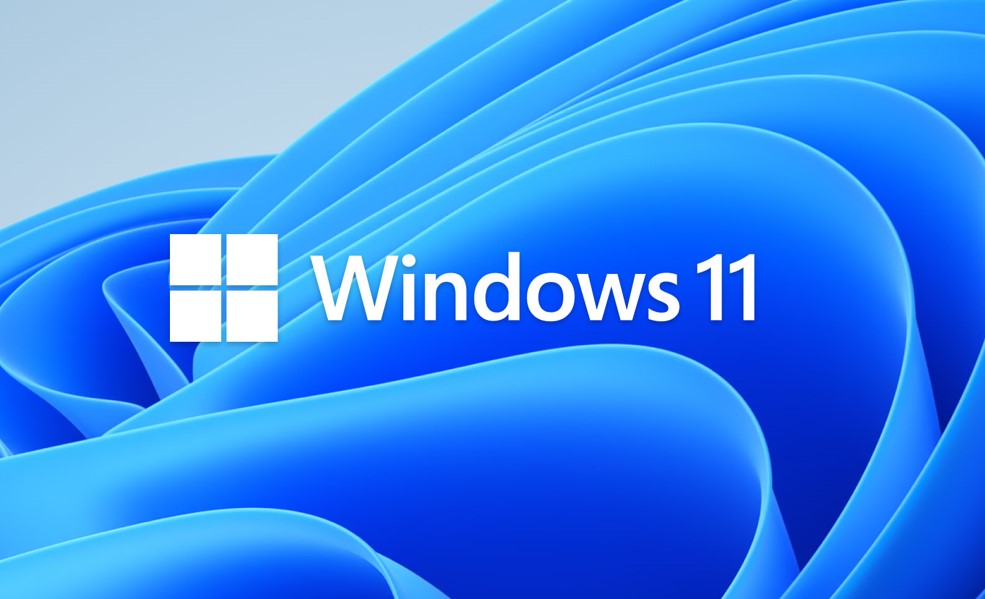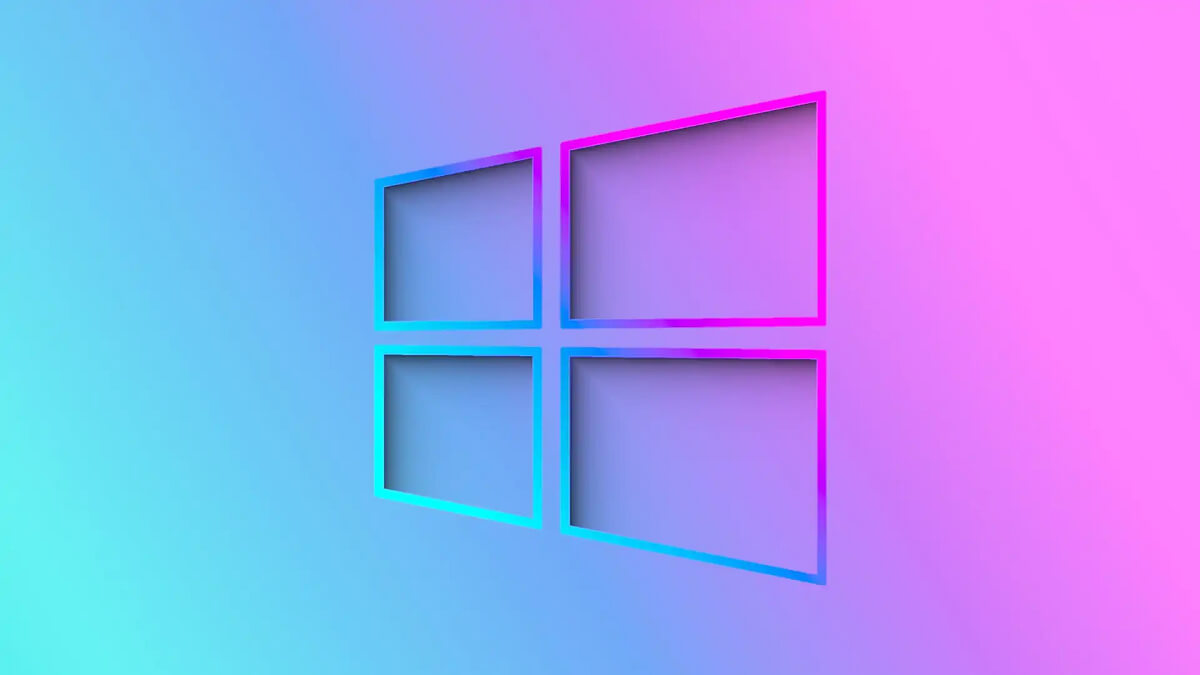In the digital age, operating systems like Windows 11 are equipped with various tools and features designed to enhance user experience and performance. One such feature is the Windows Troubleshooter, a built-in utility that helps users diagnose and resolve common system issues. However, not all users are aware that they can customize the behavior of this utility to suit their preferences and needs better. This tutorial aims to provide a comprehensive guide on how to change recommended troubleshooter preferences in Windows 11, ensuring that you can make the most out of this helpful feature.

Understanding Windows Troubleshooter
Before diving into the customization process, it’s essential to understand what the Windows Troubleshooter is and how it functions. The Troubleshooter is designed to automatically identify and fix problems related to various system components, such as network connections, hardware devices, system performance, and Windows Update, among others. It scans the system for specific issues and attempts to resolve them without user intervention, or it may provide recommendations on how to address the problem manually.
Also Read- How To Create Dev Drive In Windows 11
Accessing Troubleshooter Settings
To begin customizing the Troubleshooter settings in Windows 11, you first need to access the Troubleshooter section within the Windows Settings. Follow these steps:
- Open Settings: Click on the Start menu and select the Settings icon, or press
Windows + Ion your keyboard to open the Settings app directly. - System Settings: In the Settings app, navigate to the System category on the left sidebar.
- Troubleshoot: Within the System settings, scroll down to find the Troubleshoot option and click on it.
- Other Troubleshooters: To access all available troubleshooters and their settings, click on the “Other troubleshooters” link.
Also Read- What Is Tiny 11 For Windows | Play Games On Tiny 11 Without Lag…
Changing Recommended Troubleshooter Preferences
Once you’re in the “Other troubleshooters” section, you can start customizing the troubleshooter settings according to your preferences. Windows 11 offers a feature called “Recommended troubleshooting,” which automatically fixes certain issues without user intervention. Here’s how you can manage this feature:
- Recommended Troubleshooting Settings: At the top of the Troubleshoot settings page, you’ll find the “Recommended troubleshooting” settings. Click on it to view the available options.
- Customize Preferences: You’ll typically find three options under Recommended troubleshooting:
- Fix problems for me without asking: Selecting this option allows Windows to automatically fix detected issues without prompting you for permission. This is ideal for users who prefer minimal interaction.
- Tell me when problems get fixed: If you prefer to be informed about the issues Windows has automatically resolved, this option will notify you after taking action.
- Ask me before fixing problems: For users who want more control over their system, this setting prompts you before any corrective action is taken. It allows you to review the recommended solutions before applying them.
- Select Your Preference: Choose the option that best suits your needs by clicking on it. Your settings will be saved automatically.
Additional Troubleshooter Settings
Beyond the recommended troubleshooting preferences, Windows 11 also allows users to run individual troubleshooters manually for specific system components. In the “Other troubleshooters” section, you’ll find a list of available troubleshooters, such as Internet Connections, Playing Audio, Printer, Windows Update, and more. You can initiate a troubleshooting process for any of these components by clicking the “Run” button next to the respective troubleshooter.
Also Read- How To Install Microsoft PowerToys In Windows 10 And Windows 11
Advanced Troubleshooting
For users facing more complex issues or those who need additional troubleshooting options, Windows 11 provides access to advanced tools through the Command Prompt or PowerShell. For instance, the System File Checker (SFC) tool can scan and repair corrupted system files, while the Deployment Image Servicing and Management (DISM) tool can be used to address Windows image issues. These advanced tools offer more in-depth diagnostics and are recommended for experienced users.
Conclusion
Customizing the troubleshooter preferences in Windows 11 allows users to tailor the system’s automatic problem-solving approach to their liking. Whether you prefer hands-off automatic fixes, notifications about resolved issues, or having control over each troubleshooting step, Windows 11 provides the flexibility to adjust these settings easily. By familiarizing yourself with the Troubleshooter and its customization options, you can ensure that your system remains optimized and that issues are resolved in a manner that aligns with your preferences. Remember, keeping your system up to date and regularly checking for updates can also help minimize the need for troubleshooting in the first place.

































